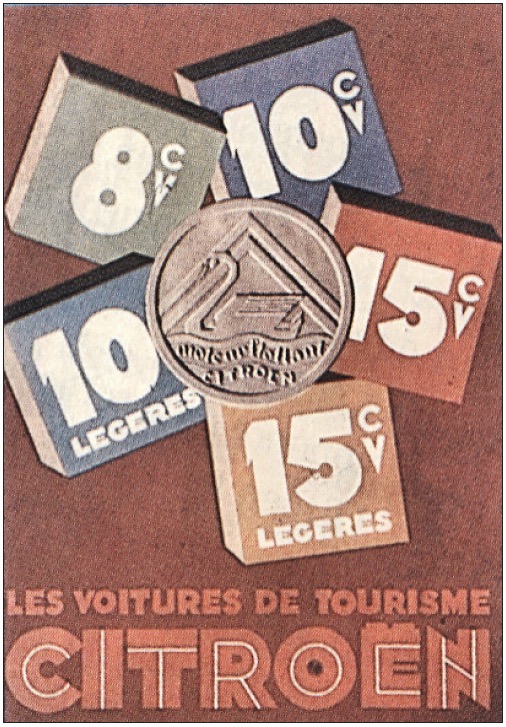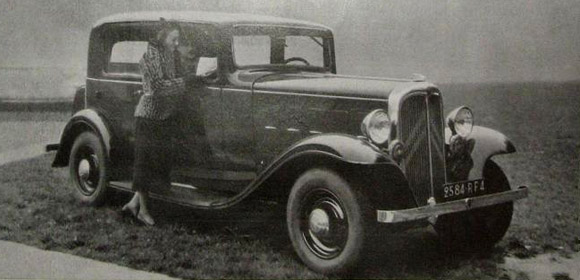When one mentions the word Roaslie in the Citroën world, the immediate thing that often comes to mind is the Rosalie racing car that established a succession of records in 1933 at the Montlhéry Autodrome racing circuit.
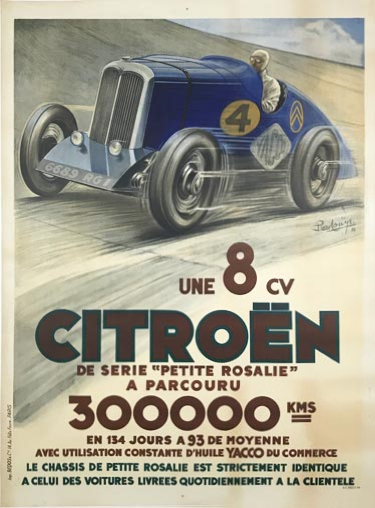
Citroën and the oil company Yacco joined forces in a series of events at the then newly-constructed facility – a 2.5 km oval saucer with an adjoining 12.5 km track. Citroën
Actually, the Rosalie was a range of three models/sizes of automobile that comprised the core of Citroën’s model range between 1932 and 1938. The three models were originally designated respectively the 8CV, the 10CV and the 15CV, the numbers defining the cars’ fiscal horsepower which in turn defined the approximate engine size of each model.
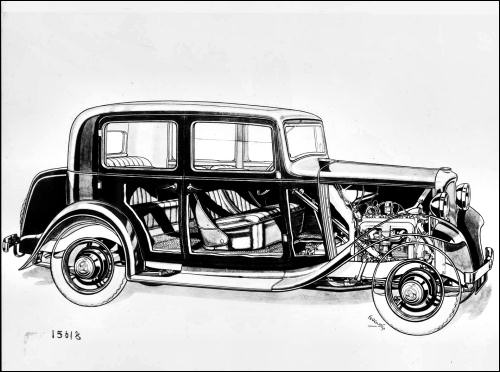

At introduction, the larger Rosalies replaced the Citroën C4 and C6. The 10CV (replacing the C4) and the 15CV (replacing the C6), themselves launched respectively in 1928 and 1929. They represented a move upmarket for the entire business, since during the early 1930s Citroën appeared for a time to lose interest in the smaller cars which had filled their dealerships during the impoverished 1920s. The Rosalies, especially the larger 15CV versions, were offered with range of different body types:

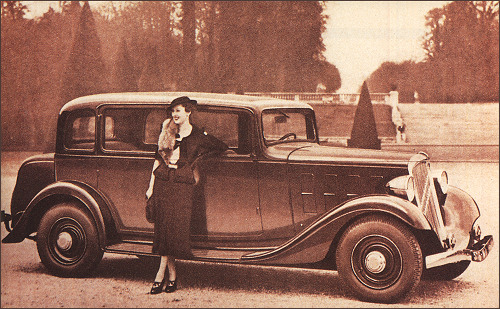

Though not radical in terms of subsequent Citroën launches, the look of the Rosalies was significantly more modern than that of the earlier C4 and C6 models. And the Rosalies were constructed with the insight that Citroën had gained by studying and implementing Henry Ford’s method of assembly line manufacturing. Hence they were competitively priced and profitable for the company.
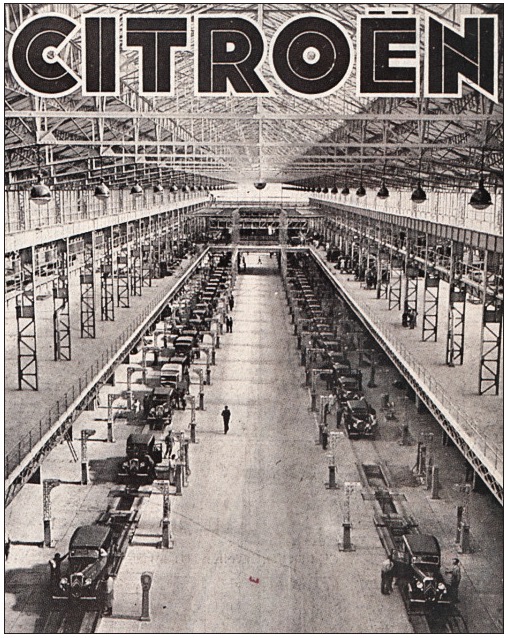
Citroën took the robust chassis and drivetrains of the Rosalie and applied them to professional applications, producing many variations of utilities and small trucks. It was not uncommon to see them still operating in their tasks in the 1950s.
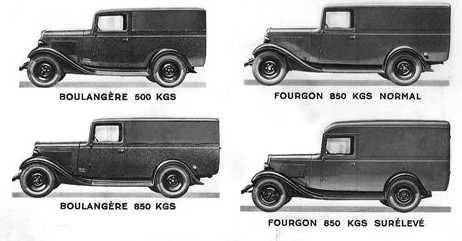
After the introduction of the revolutionary Traction Avant in 1934, the Rosalie lineup was modified and at the 1934 Paris Auto Salon, the two smaller models became the 7UA and the 11UA, now fitted with the overhead-valve engines from the Traction. As they were rear-wheel drive (as opposed to front-wheel drive like the Traction Avant) they were equipped with a turned-around version of the new Traction’s OHV four-cylinder engines that operated in the opposite direction and both were called “MI” for Moteur Inversé (“reversed engine”).
In 1934 all the
All in all, 88,090 four-cylinder and 7,230 six-cylinder Rosalies were built (38,840 small 7/8’s, and 49,250 bigger 10/11’s). Of the total produced 8,400 were of the short-lived, facelifted B-series (NH) and around 15,000 were of the latter “MI” cars.
The 8CV
The smallest Rosalie, like the Citroën Type B of the first half of the 1920s, featured a four-cylinder motor of 1,452 cc, driving the rear wheels. The three-speed gear box featured synchromesh on the two higher ranges, and braking was provided by drum brakes on all four wheels. The car was 4.27 metres (168.1 in) long and offered a maximum speed of 90 km/h (56 mph).

The 10CV
The 10CV offered a four-cylinder motor of 1,767 cc and a claimed maximum speed of 100 km/h (62 mph). At 4.57 metres (179.9 in) long it was larger than its four-cylinder sibling. In most other respects it was mechanically identical to the 8CV. Commercially, however, it enjoyed greater success, possibly because of a wider range of available versions which included the lighter (and implicitly therefore faster) Rosalie 10 Légère.

The 15CV
The larger Rosalie featured a six-cylinder engine of 2,650 cc, the cylinders themselves being the same size as those of the 10CV. The length of the engine block required a lengthened bonnet/hood: the total length of the vehicle was 4.72 metres (185.8 in). Various body types and configurations were available, including a 15 Légère – effectively a 15CV with the shorter passenger cabin length of the 10CV – which was capable of a claimed 120 km/h (75 mph) top speed. For berline/sedan versions the claimed maximum speed was 115 km/h (71 mph).
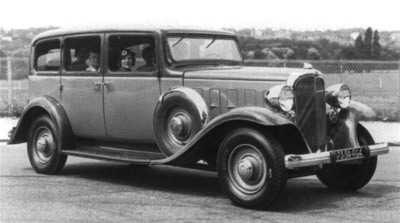
The 7/11
For the last four model years, the 8 and 10 were replaced by the 7UA and 11UA. Both shared similar bodywork although the 11UA was a

More info on Citroën’s Rosalie series and the Rosalie series of commercial trucks offered by Citroën in that era can be found here: http://www.citroen-rosalie.com/utilitaires.htm.
